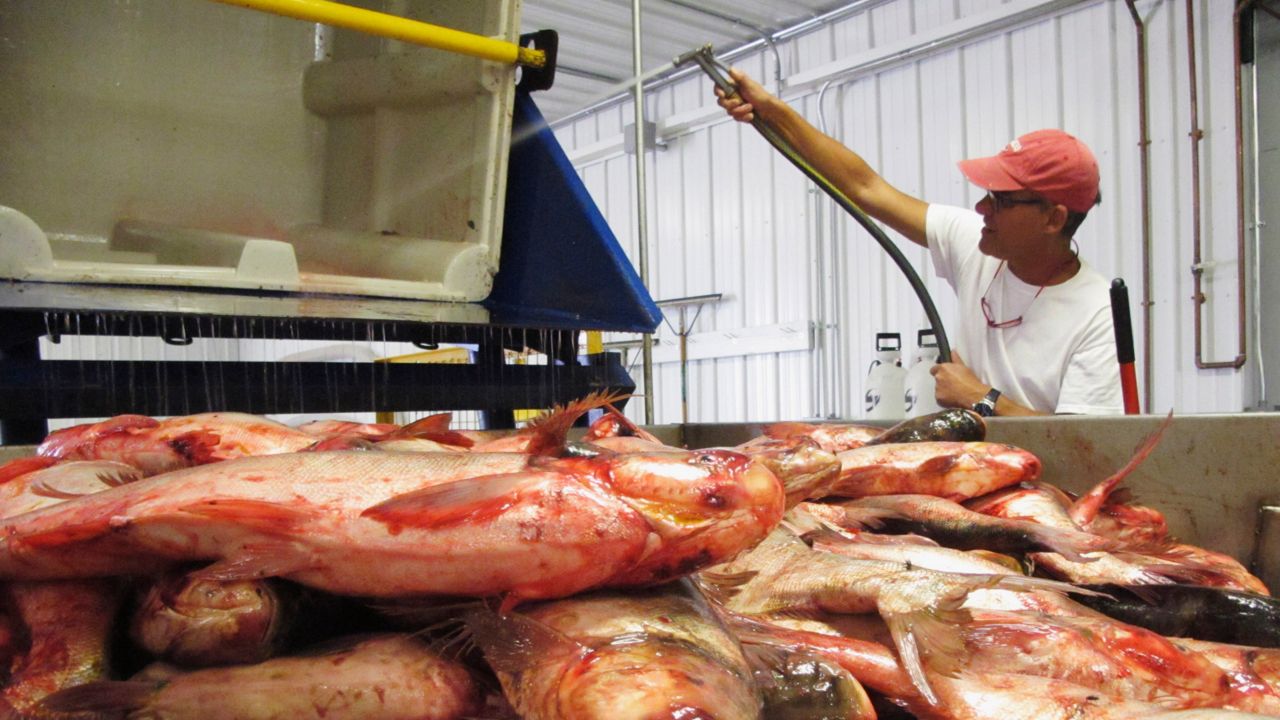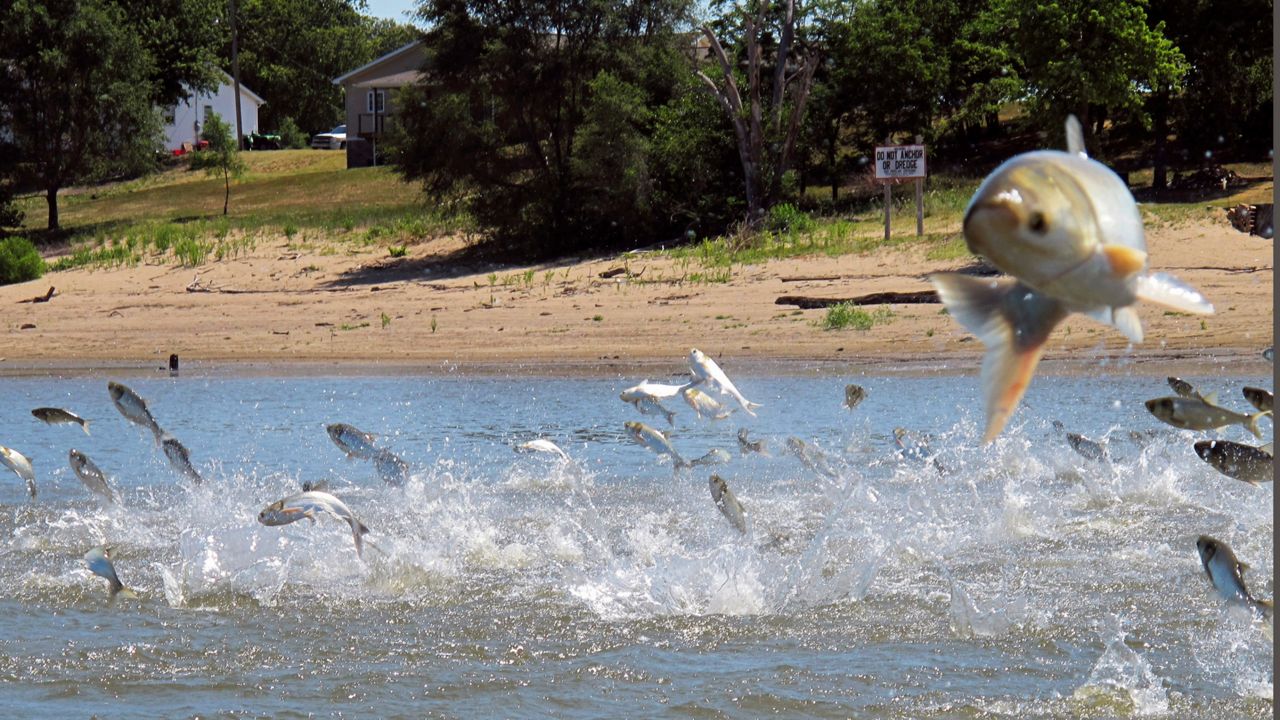Meet Dr. Mark Morgan, an Associate Professor at the University of Missouri-Columbia in the School of Natural Resources who retired last fall and has made it his mission to get his initiative “Eat Mo Carp” going.
This aptly named campaign is aimed at changing people’s perceptions and appetites of what he calls a “misunderstood” fish invading waters in the state.
Carp is a type of fish that has become invasive in the rivers and tributaries along the Midwest. It was invited to the United States in the 1970s to clean the water, but thanks to poor management and the flood of ’93, the fish has taken over.
There are four species of Asian carp currently in our waters and without any natural predators, they grow quickly. “These fish can grow up to 80 or even 100 lbs and we can’t catch them that big,” Explains Morgan.
He adds, “As mid-feeder fish, they swim with their mouths open, constantly feeding. They don’t fight lures, won’t be biting on worms or even other small insects.” This adds to the problem of not being able to use traditional fishing techniques to catch them.
Then there’s the jumping carp. While the larger ones can’t jump, the smaller ones can leap upwards of 10 feet into the air. This can cause injuries to the fishers in the water, not to mention to the boats and propellers.
Joint partnerships between the fishers and the government can produce massive hauls of these fish, but that costs a lot of money. And as Morgan points out, “There’s got to be a market incentive for them to catch the fish, and then we need more processors to process the fish once caught.”

Adding, once the fish are caught, “We don’t have enough domestic demand for them. They aren’t available in grocery stores, not available in restaurants. We’re not at that point yet.”
So, what happens to the millions of pounds of fish removed from the waters each year? Likely rotting in a landfill. Morgan says, “It’s a waste of resources and a viable product.”
Morgan has been involved in the project since 2014 and initially, his thoughts on carp weren’t too positive. “If you mentioned carp to me, then I would say something like rough fish.”
And then he traveled to China, where folks had different feelings about this fish. “The Chinese absolutely love the carp. They worship it and adore it. It’s in sculptures, poetry, even literature and artwork.” That’s what made him change his mind about the fish.
“How could it be so bad in one place and good in another?” After this realization, he started using his natural resources knowledge and decided the carp needed to be put to use, a practical use.
He tells me that most people think the invasive Asian carp are the bottom-dwelling fish, when in reality, that’s the common carp. “The Asian carp are mid-stream fish with much better flesh quality, but people don’t believe that.”
If he could get people to eat the fish, that could create the demand to catch them, but that would be a challenging feat. Without even tasting it, he said the public is reluctant to try it.
He started small, by cooking it for a select group of people and got them to eat it without even knowing they were eating it. He used the carp as the protein in his chili.
He offered it to students on the campus of Mizzou and they devoured it every time he made it. “I run out of it; people love it.”
And when he tells them what the secret ingredient is, they are surprised at how not “fishy” it tastes. He’s been successful in small gatherings, but getting the masses to change their palate is a much different story.

It would be great if the United States public ate enough of the fish to help control the population, but that’s just not the case. Morgan has pivoted his thinking to other uses for it.
“Here’s my solution. Take the flesh of the fish and make a powder of it.” Adding, “It’s highly nutritious because it’s very concentrated.”
This would solve the problem of having to keep it frozen or refrigerated. Morgan has been working on this for several years and his passion comes through in his projects.
He says there’s a market for the powder in third-world countries. The powder he creates is 87% protein with other essential nutrients in it. Testing of his product will begin this summer with trials in Nigeria.
“We’re not solving the environmental problem, we’re addressing the environmental problem and we’re not solving world hunger or malnutrition, we’re addressing them.”
Our team of meteorologists dives deep into the science of weather and breaks down timely weather data and information. To view more weather and climate stories, check out our weather blogs section.





